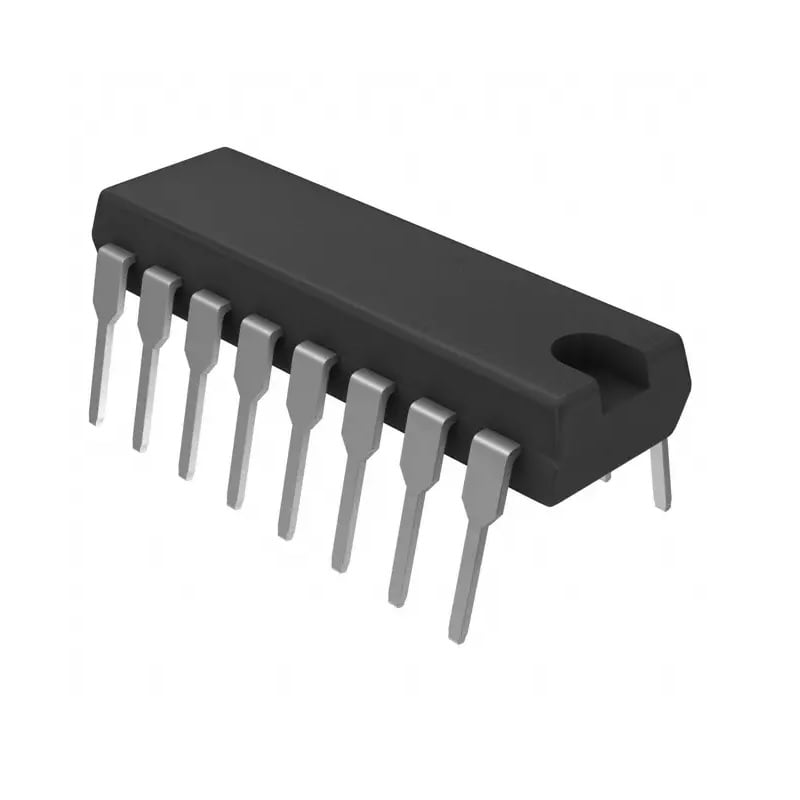Leader's Safety and Occupational Health Course (LSC) In accordance with AR 385-10, para 5-3.a (DRAFT, PENDING PUBLICATION), Commanders are required to complete the Leader's Safety and Occupational Health Course (LSC).
Toolbox Talks
Select a topic from the list below, then select a toolbox topic to read.
- USB Adaptor HS-82083 I.C.S. USB Adaptor HSAdapter lets you connect a PC to the I.C.S. Plug on your MINI-Z, and allows you to adjust vario.
- I own nothing but the lyric video i created!! All credit goes to the artist and team!!s o n g: drivers license a r t i s t: olivia rodrigoapps used to create.
Subcategories
Behavioral Safety 58
Confined Space 3
Disease Prevention 11
Electrical Hazards 15

Ergonomics 4
Fatigue 6
Fire 26
Forklifts 33
General 116
Hazard Communications 19
Hearing Conservation 4

LOTO 15
Ladders 7
Lifting 13
Office 9
PPE 16
Seasonal 52
Slips, Trips and Falls 17
Small Tools 20
Weather 21
The driver consists of the electronics that take power from the battery and send power to the LED. They amplify or reduce the voltage from the batteries to the correct level for the LED and also control the amount of current that can be delivered. The driver also contains the electronics that give the flashlight its user interface, including the number of modes and how those work relative to button presses. The driver has a positive and negative input from the battery, and a positive and negative output that goes to the LED.
- 1Power Regulation
Power Regulation
Only by correctly combining the power supply, driver, and LED will a LED function properly. Many Cree LEDs require 3.3 volts to light up. If a flashlight is powered by a single AA battery, then the voltage must be amplified. However if a light uses 2 3-volt CR123 batteries with 6 volts, the voltage must be reduced. Power regulation supplies a constant voltage to the LED so that the brightness of the flashlight is constant for most its period of use (many circuits stop working once the battery gets low and brightness will slowly fall off, which is better than the light just turning itself off without warning).
Direct Drive
Linear Regulator
Though people call this type of driver a linear regulator, linear regulators regulate the voltage. However these drivers have a number of AMC7135 current regulating chips installed. Each chip allows 350mA of current through and when wired in parallel, the current adds, so 700mA from 2 chips, 1050mA from 3 chips, and 1400mA from 4 (some drivers have higher binned regulator chips that allow 380mA through). Eight 350mA chips (using two boards or both sides of one 17mm board) gives 2800mA which is ideal for XM-L2 and XP-L LEDs. Constrained to a particular current, the LED will settle in at its Vf for that current and the rest of the voltage from the battery will be converted to heat by the regulator chips. Because any voltage beyond the required amount is wasted as heat, supplying a higher voltage is less efficient and the board becomes more efficient as the input voltage approaches the output voltage. As the voltage supplied drops below the Vf of the LED plus some overhead for the chips, the driver drops out of regulation and goes into direct drive and the light will start to dim. These drivers can also have modes by using a microcontroller utilizing PWM for lower modes and flashing modes.
FET Driver
Boost Circuit
Buck Circuit
Drivers Insurance Vs Car Insurance
A buck circuit is similar to the boost circuit above, but in reverse. It takes a higher voltage and reduces it down to the voltage desired. This is used in flashlights with multiple cells in series, for instance when there are two 3V CR123 batteries (or 2 3.7V 16340 li-ion batteries). The buck circuit is also quite efficient, but typically requires at least a 0.5V reduction to operate and therefore not as appropriate when using a single li-ion cell.
Buck-Boost Circuit
The Buck/Boost Converter provides the greatest flexibility in input voltage and will boost or buck the voltage as appropriate. Good luck finding one at a reasonable price though.
Other Driver Features
In addition to regulating the voltage, the driver controls brightness levels and how the user switches between those by monitoring button clicks and presses. Therefore some drivers offer various modes and some do not. Some offer different packages of modes that are available either by the user pressing buttons or they can be hard wired by soldering bridges on the driver board.
Drivers Insight
The size of the driver itself is also important. The most common size is 17mm which works well in most P60 drop-ins and many lights powered by an 18650 li-ion battery. However, smaller lights uses smaller diameter boards that are harder to find. There are also larger circuit boards of around 25mm used on larger flashlights.
More Information
See Popular drivers for some specific drivers available.
Drivers Instructor
Very informative post on CPF with pictures and graphs.
